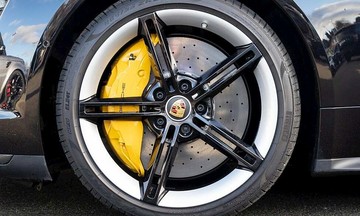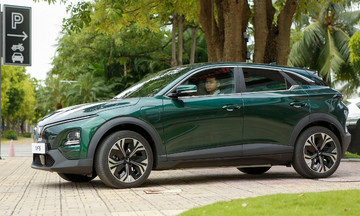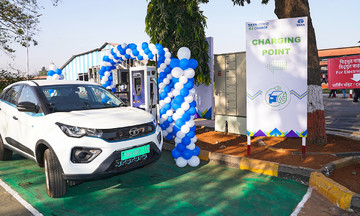In a letter on 24/7, the EPA requested gas can manufacturers to redesign their products to address a long-standing issue. "People hate them," said Steven Watt, 63, a Florida-based eBay seller of gas cans. "It's all about the spout."
Federal regulations implemented in 2009 require portable or reserve gas cans for lawnmowers, chainsaws, all-terrain vehicles, and other equipment to have special vents to prevent fumes from escaping. These fumes contribute to ozone pollution.
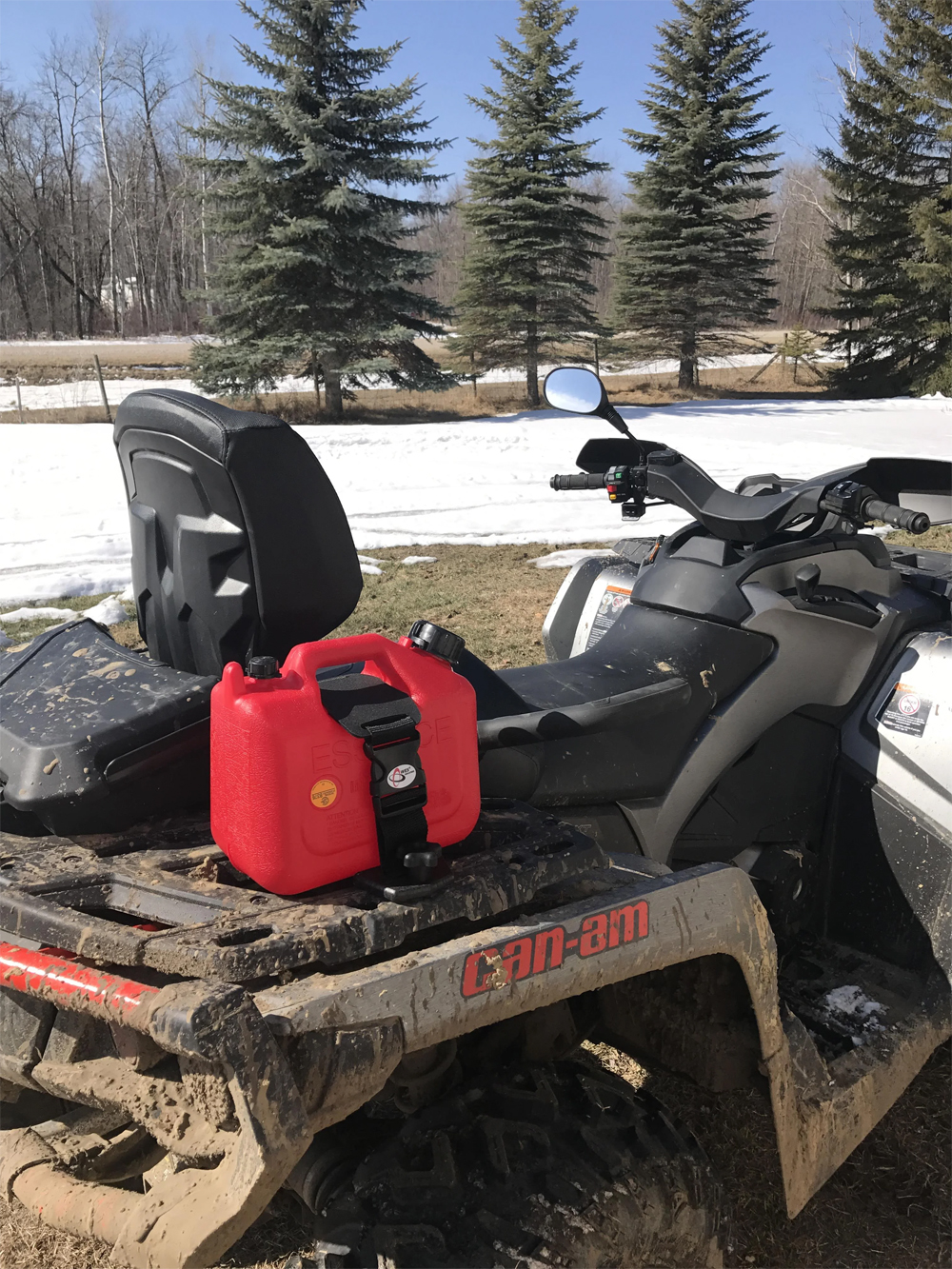 |
Reserve gas can on a Can-Am ATV. Photo: Can-Am ATV Forum |
Reserve gas can on a Can-Am ATV. Photo: Can-Am ATV Forum
Earlier, in 2008, the US Congress passed the Children's Gasoline Burn Prevention Act, requiring gas cans to have child-resistant closures, similar to those used on prescription drugs. This resulted in some poor designs, and many people may have inadvertently broken the spouts.
More recently, in 2022, the US Congress enacted the Portable Fuel Container Safety Act. The act "mandates the installation of flame mitigation devices in the containers to prevent flashbacks," according to the EPA, which further complicated the spout and fuel tube design.
In practice, many modern designs are often ineffective in pouring gas from the can into the fuel tanks of other equipment and vehicles due to poorly functioning vents. Instead of preventing fumes from escaping from the complex spouts and pressure relief valves, the new designs often cause spills, which some critics argue is worse than the small amount of vapor escaping from the older designs.
Other regulations require gas cans to be child-resistant and limit the risk of accidental fires, and the EPA cannot change this. However, the EPA said manufacturers need to find a way to make gas cans that are both safe and functional.
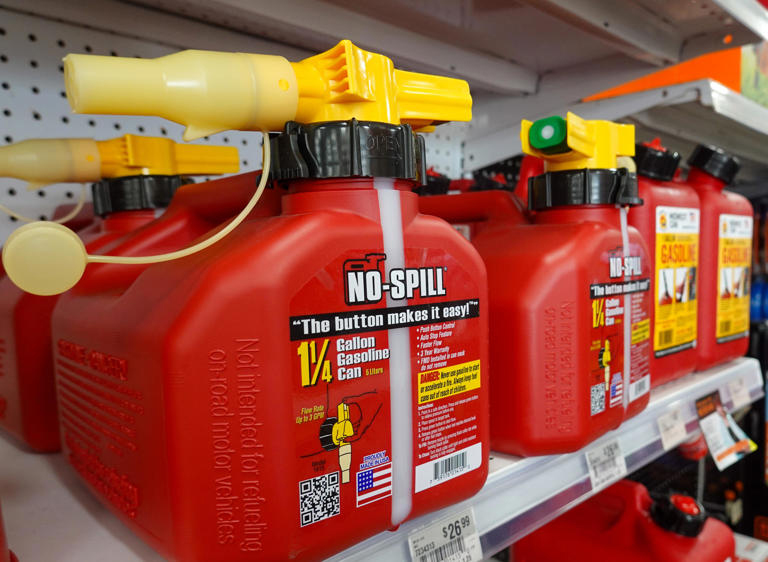 |
Gas cans on a shelf at a specialty store in Denver on 24/7. Photo: USD Today |
Gas cans on a shelf at a specialty store in Denver on 24/7. Photo: USD Today
EPA administrator Lee Zeldin said, "The confusion surrounding gas cans has been a nuisance for years. We are proud to address this issue head-on. Going forward, Americans should have gas cans that are compliant with regulations, but most importantly, effective and consumer-friendly."
Regulations on evaporative emissions were first introduced by regulators when they found that 80 million gas cans in the US were a significant source of air pollution. Emissions from an old-style gas can could be 60 times higher than those from a car's gas tank if both were opened side-by-side.
But the new regulations have led many people to seek alternatives.
Now, for the same price as new ones, Watt sells used "pre-ban" cans – those made before the regulations were phased in starting in 2009 – sourced from flea markets and recycling centers. He recently sold three cans to a man in Michigan for 300 USD, although most of that was actually the cost of shipping.
Watt said he's always surprised by what people want to buy. Each year, he makes sure to stock up before hurricane season. Watt planned to pick up 50 used cans from a recycling center on a day in late July.
My Anh (USA Today)






